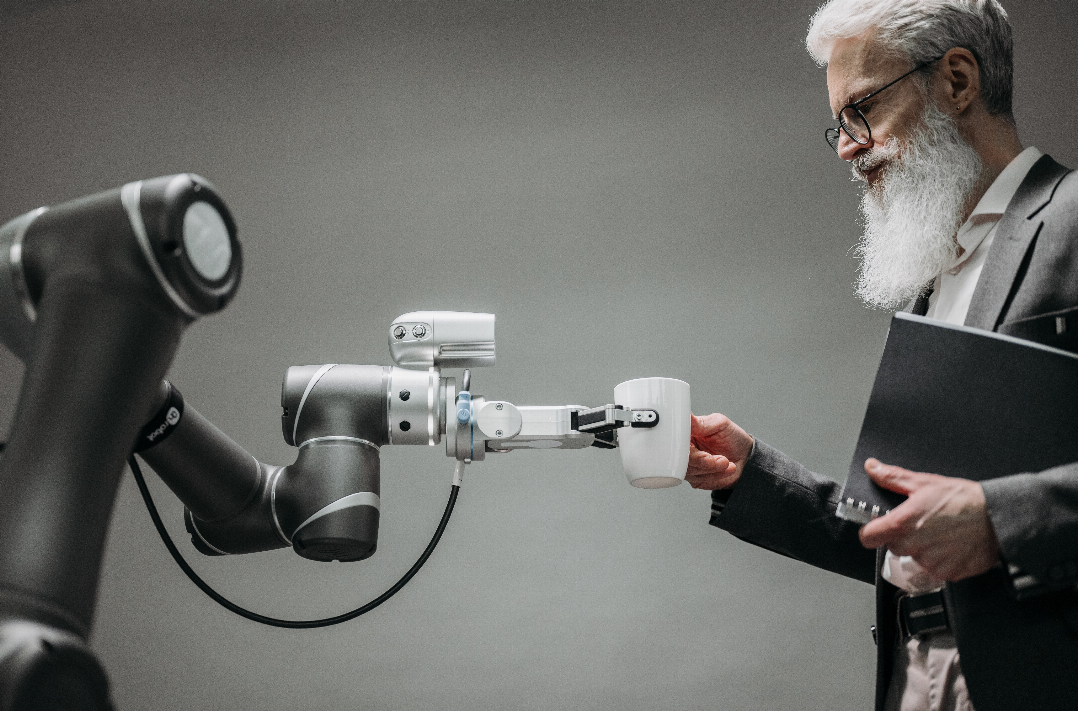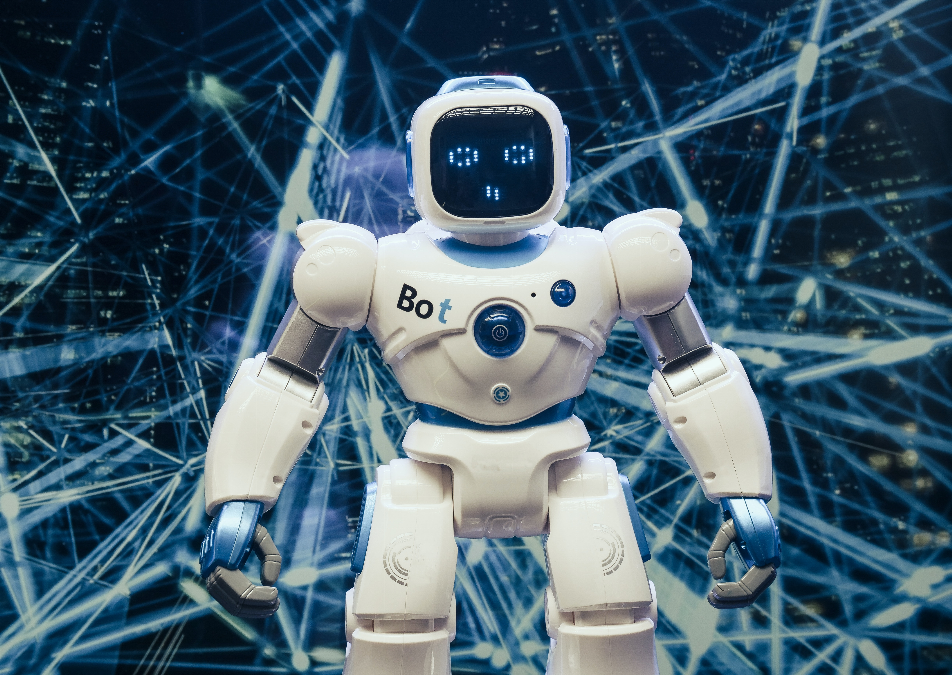In the realm of customer service, technology has long been a game-changer. The latest entrant to this transformative journey is AI chatbots. Powered by sophisticated technologies like Generative Pre-trained Transformer (GPT), these AI chatbots are not just changing but shaping the very future of customer service. Their profound impact, ranging from enhancing customer experiences to driving operational efficiencies, is pushing businesses to reconsider their traditional customer service models.
What are GPT chatbots?
In essence, a chatbot is an AI-powered software designed to interact with humans in their natural languages. These interactions typically occur through messaging applications, websites, mobile apps, or even through the phone. What sets GPT chatbots apart is their advanced language understanding capabilities, thanks to the GPT technology.
GPT, or Generative Pre-trained Transformer, is a type of AI model that uses machine learning to produce human-like text. It’s trained on a vast amount of data from the internet, enabling it to generate coherent and contextually relevant responses in a conversation. ChatGPT, for instance, is a widely used version of such a model.
Impact on customer service
GPT chatbots are revolutionizing customer service in unprecedented ways. Here are a few key areas where their impact is most prominent:
- 24/7 customer support: GPT chatbots can be available round the clock, ensuring customers get instant responses at all hours. This not only enhances customer satisfaction but also reduces the pressure on human agents. GPT chatbots can also solves the easier problems, leaving the more complicated ones for the human agents, giving them the time needed to solve them.
- Efficiency and productivity: With their ability to handle multiple queries simultaneously, GPT chatbots boost efficiency. They take over routine and repetitive tasks, allowing human agents to focus on complex, higher-value tasks.
- Personalized experience: GPT chatbots can provide personalized responses based on customer data and past interactions. This level of personalization can significantly improve the customer experience and increase brand loyalty.
- Cost-effectiveness: By automating a significant part of customer service, businesses can reduce operational costs.

Challenges in implementation
Despite their many benefits, implementing GPT chatbots in customer service is not without its challenges. It’s important to take these into account when considering integrating such a tool into your customer service model.
Understanding context:
While GPT chatbots are quite proficient in understanding and generating language, they can sometimes miss the subtleties and context inherent in human communication. This can lead to misinterpretations and incorrect responses. For instance, they may struggle with understanding sarcasm, cultural nuances, or colloquial expressions. Furthermore, while the chatbot can maintain the context of a conversation within a session, they might struggle when the user returns after a while and tries to continue from a previous conversation. AI developers are continuously working to improve this aspect of chatbot functionality, but it remains one of the challenges to be addressed.
Data privacy:
As tools that collect and analyze customer data in order to function effectively, chatbots bring about concerns regarding data privacy and security. Customers need assurance that their personal and sensitive information is handled securely. There are regulations in place, such as GDPR in Europe, that stipulate the protection of personal data. Non-compliance with these regulations can lead to heavy penalties. Therefore, businesses need to ensure that the chatbots are designed in a manner that respects user privacy and complies with relevant regulations.
Customer acceptance:
While many customers appreciate the speed and convenience offered by chatbots, there is still a segment of customers who prefer interacting with human agents. This is particularly true for complex issues that require empathy and deep understanding, or for customers who are not as comfortable with technology. Therefore, businesses need to strike a balance between human agents and chatbots, and ensure that customers can easily switch to a human agent if needed.
Implementation costs:
While GPT chatbots can prove to be cost-effective in the long run, the initial costs of setting them up can be substantial. This includes the costs of developing or acquiring the chatbot, integrating it into the existing systems, and training it with relevant data. Additionally, the chatbot would need to be continuously monitored and updated to ensure it is performing effectively and correctly, adding to the ongoing costs.
The future of GPT in customer service
The potential of GPT chatbots in transforming the customer service landscape is immense. As the technology continues to evolve and overcome the challenges mentioned earlier, businesses can expect more sophisticated interactions that would further enhance the customer experience.
E-commerce platforms: GPT chatbots can offer personalized shopping experiences, providing product recommendations based on browsing history and past purchases. They can also assist with checkouts, address changes, and return procedures, making the entire shopping process more user-friendly.
Healthcare sector: In the healthcare sector, these chatbots could potentially provide initial medical consultations, interpreting symptoms and advising on whether medical attention is required. They could also remind patients to take medication or assist in booking appointments.
Travel and tourism: Travel companies can use these chatbots to provide real-time updates on flight status, assist with bookings, and offer personalized travel suggestions based on customer preference.
Everything, not just customer service, is going to change
As we stand on the threshold of an AI revolution, the ubiquitous integration of GPT chatbots into our lives is no longer a question of ‘if’ but ‘when’. These sophisticated AI models are not merely transforming the way businesses operate, but are also reshaping the customer experience paradigm.
Imagine an online world where your digital interactions are as engaging, empathetic, and knowledgeable as your best human experiences. GPT chatbots promise just that. They are bringing us closer to the day when interacting with an AI will be indistinguishable from talking to a human.
In essence, the GPT chatbot revolution represents a paradigm shift in our relationship with technology. It’s an exciting, transformative time, and the journey has only just begun. Embracing this change will require adaptability, foresight, and a keen understanding of the possibilities AI offers. As we move into this brave new world, it’s clear that the AI-chatbot era is not just on the horizon – it’s here.


